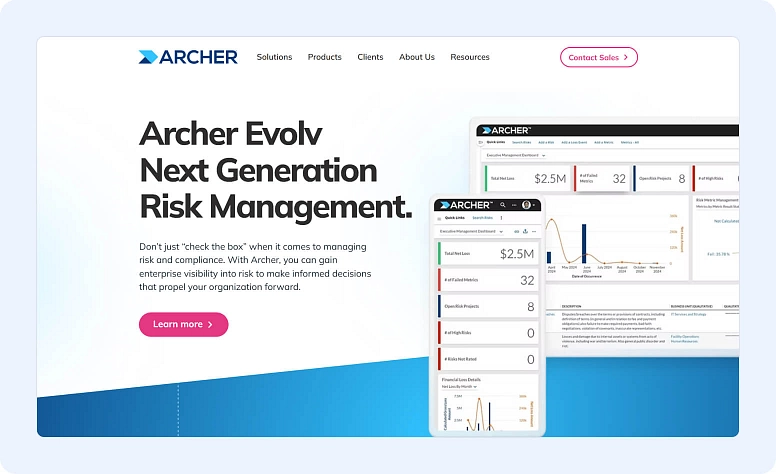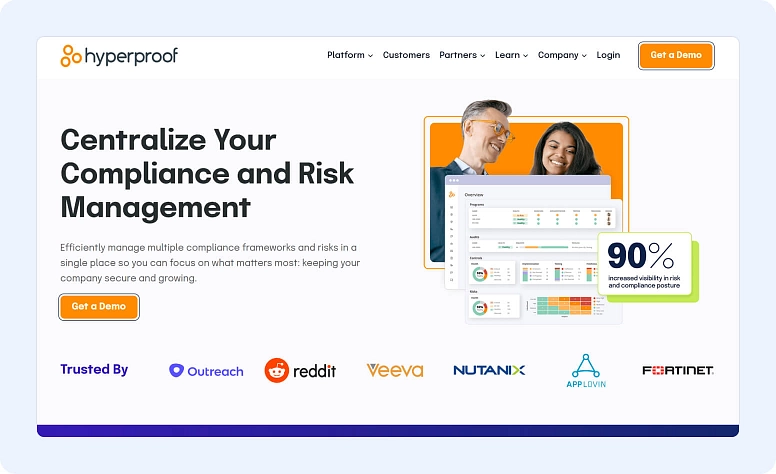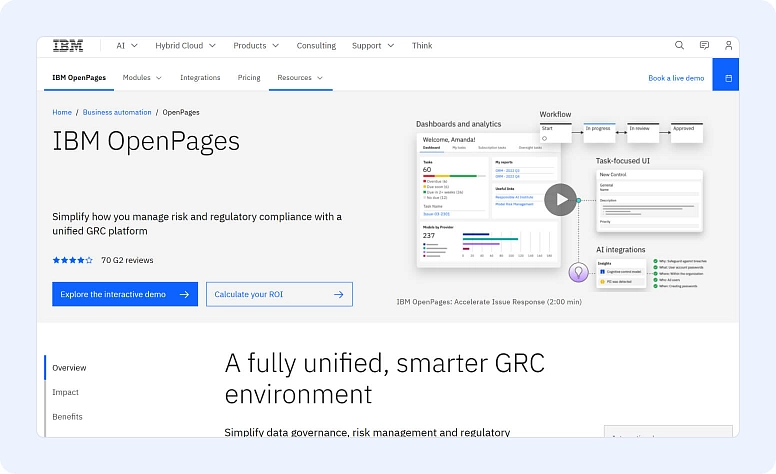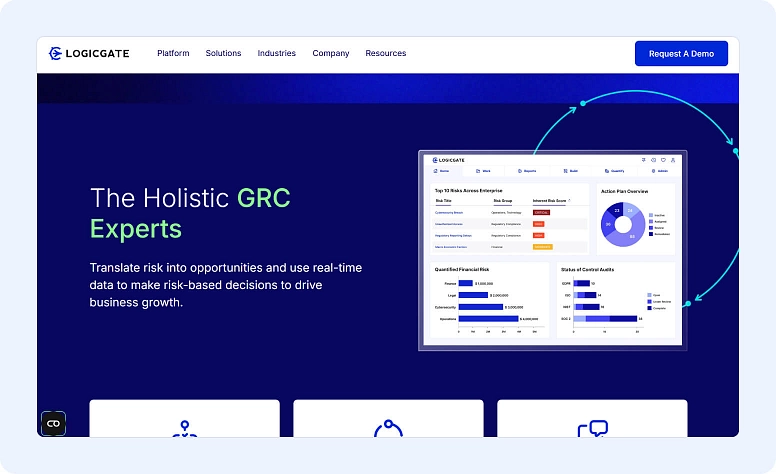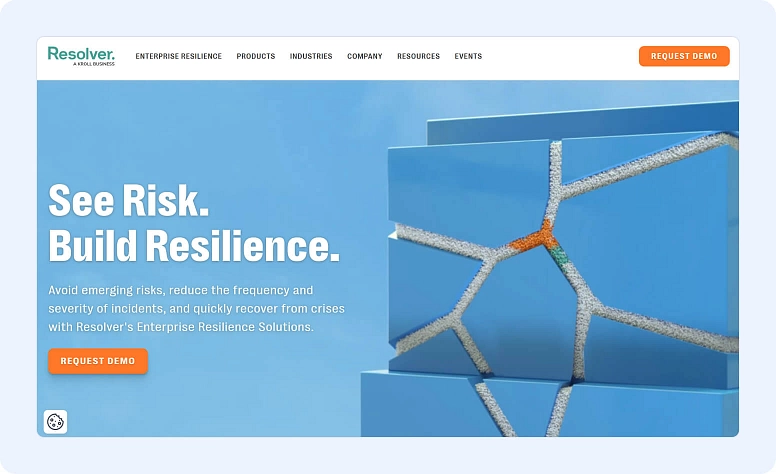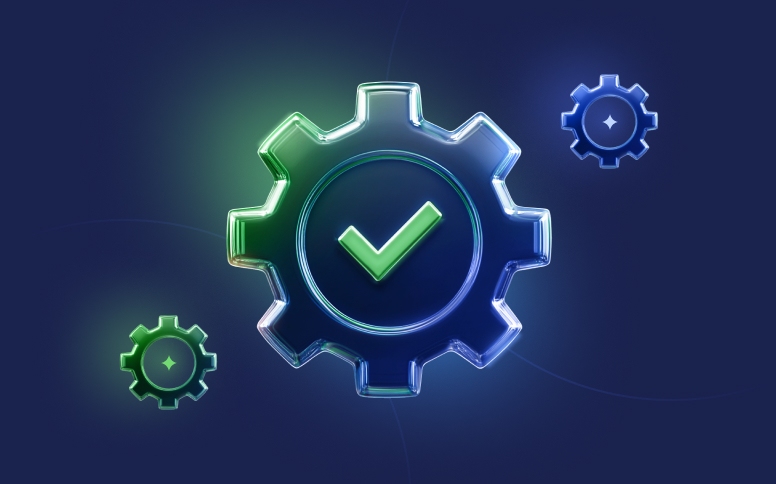Top Risk Management Tools and Techniques Every Project Manager Needs in 2025
In 2025, remote work will be much higher than it was pre-pandemic, leading to a new range of risks associated with globalized teams, complex technologies used to run projects smoothly, and increasing dependency on third parties. This makes it all the more challenging to prevent cybersecurity threats and exploitable vulnerabilities.
This, coupled with increasing client expectations for quicker turnarounds and tighter budgets, emphasizes the need to promptly prevent and resolve risks.
Why Risk Management is Crucial for Project Success
Projects frequently encounter unexpected issues, from budget overruns and schedule delays to significant resource constraints. Project managers should be able to anticipate these problems and develop plans to overcome them.
Aside from highlighting the problems within a process, risk management can also help you identify what’s working well for you that you may not have noticed.
For example, risk analysis can identify process efficiencies or unique approaches you already have, helping you incorporate more of what has worked well for you. Without in-depth analysis, these efficient approaches could be overlooked and assumed to be mere chance.
Some of the benefits of risk management are:
- Better team collaboration.
- Smoother decision-making processes.
- Reduced project delays and exceeded budgets.
Key Risk Management Techniques to Adopt in 2025
1. Risk Identification Methods
Brainstorming Sessions
You can develop department-specific risk identification strategies by conducting a structured brainstorming session with a diverse group of stakeholders (security team, developers, management, and even customers).
Have an open discussion and discuss "what-if" scenarios from different perspectives. Tools like mind maps or digital whiteboards can also be helpful here.
SWOT Analysis
Conduct a SWOT analysis specifically focused on security risks. Analyze your organization's strengths (e.g., strong security team) and weaknesses (e.g., outdated software, lack of security awareness training).
Identify opportunities to improve security (e.g., implementing new technologies) and threats to your security posture (e.g., evolving compliance requirements like CERT-In, GDPR, etc.).
Delphi Technique
Create a panel of security experts (internal or external) and use a structured process of questionnaires and feedback to collate their insights on potential risks and their likelihood.
2. Risk Assessment Techniques
Once you've spotted the risks, you should determine how significant they are and how likely they will hit. Here's how:
Qualitative Analysis
This involves assigning a qualitative value (e.g., high, medium, low) to each risk's likelihood and impact. Based on their combined scores, you can visualize and prioritize risks using a risk matrix.
Quantitative Analysis
Use quantitative methods for a more precise assessment result. This could involve assigning numerical values to risk likelihood and impact (e.g., financial loss and downtime) and using statistical models like Monte Carlo simulations to estimate the potential cost of each risk.
3. Risk Mitigation Strategies
Avoidance
Sometimes, the best way to deal with a risk is to avoid it altogether. You can do this by changing malleable plans, canceling unimportant projects (at least for the time-being), or avoiding certain activities that carry high risks. For example, if expanding into a new market poses significant security risks, you might delay or reconsider that expansion until you can find a viable solution.
Transfer
Shift the risk to another party. This is often done through insurance policies (cybersecurity insurance) or contracts with third-party vendors who assume responsibility for particular security aspects. For example, outsourcing data storage to a cloud provider transfers some of the data security risks to that provider.
Mitigation
This involves reducing a risk's likelihood or impact by implementing security controls (firewalls, intrusion detection systems), conducting security awareness training, or establishing incident response plans. For example, you should implement multi-factor authentication and train employees for security sensitivity, such as identifying phishing emails, to reduce the risk of phishing attacks.
Acceptance
For some risks, the cost of mitigation outweighs the potential impact. In these cases, you might accept the risk and have a plan to deal with the consequences if they occur. This is often used for low-likelihood, low-impact risks.
Top Risk Management Tools in 2025
1. Archer
Archer (owned by RSA Security) provides a suite of tools for managing various types of risk. They are renowned for their focus on GRC and also for being able to integrate with other security and IT systems efficiently.
Key Features:
- Focus: Integrated risk management (IRM)
- Risk identification, assessment, and mitigation workflows
- Compliance management (e.g., GDPR, CCPA, HIPAA)
- Threat intelligence and vulnerability management
- Business continuity and disaster recovery planning
- Advanced reporting and analytics dashboards
- Strong integration capabilities with other security tools
2. Hyperproof
Hyperproof simplifies compliance management for companies that aren’t well-versed in the nuances of achieving compliance while reducing risk. It has a simply designed user-friendly platform that helps organizations with evidence collection, automation of workflows, and maintaining continuous compliance. The gaps that must be filled to be compliant with regulations are highlighted constantly.
Key Features:
- Focus: Compliance and risk management
- Centralized platform for managing compliance requirements
- Automated workflows for evidence collection and assessment
- Real-time monitoring of compliance posture
- Risk assessment and mitigation tools
- Collaboration features for cross-functional teams
- Integrations with popular productivity and security tools
3. IBM OpenPages
IBM OpenPages is geared towards larger enterprises with complex GRC needs. It specializes in advanced analytics, thorough reporting, excellent modeling capabilities, and strong regulatory change management features.
Key Features:
- Focus: Governance, risk, and compliance (GRC)
- An enterprise-grade platform for managing operational risk, financial risk, IT risk, and more
- Advanced analytics and reporting capabilities
- Regulatory change management
- Audit management
- Model risk management
- Highly configurable and scalable solution
4. LogicGate Risk Cloud
Known for its agility, LogicGate allows organizations to build custom risk applications using a low-code platform, making it the perfect option for businesses that have unique risk management needs and want customizable software to fit these needs.
Key Features:
- Focus: Agile GRC and risk management
- A low-code platform for building custom risk applications
- Automated workflows and integrations
- Risk assessment and mitigation tools
- Compliance management
- Incident management
- Real-time reporting and dashboards
5. Resolver
Resolver gives project managers a bird's-eye view of risk and has strong tools that help with risk assessment, compliance regulations, incident management, and uncomplicated business continuity.
Key Features:
- Focus: Integrated risk management
- Risk assessment and analysis
- Incident management and response
- Business continuity and disaster recovery planning
- Compliance management
- Enterprise risk management
- Strong reporting and analytics capabilities
How to Choose the Right Risk Management Tools
Scalability
Using the right risk management tool, you should be able to analyze your current and future needs to ensure that this tool will benefit you once you scale.
Analyze if the tool can handle organizational growth and accommodate more users, data, and complex risks as your business expands. Look for tools that have flexible deployment options (cloud-based or on-premises) and can scale to meet your constantly changing project management requirements.
Integration Capabilities
Your risk management tool shouldn't just exist in a silo but should be able to seamlessly integrate with your software ecosystem to help you streamline workflows and data sharing. Prioritize tools that offer APIs and pre-built integrations with popular platforms like Slack, Flowlu (for project management), CRM systems, and other security tools.
A well-integrated risk management system allows project managers to track risks, collaborate with teams, and align risk strategies with project milestones—all from a single platform. For example, Flowlu’s project management capabilities help teams not only stay on top of tasks and deadlines but also track potential risks, budget overruns, and dependencies in real time. By having risk management closely tied to your project workflow, you can proactively identify and mitigate issues before they escalate.
User-Friendliness
A complex tool will make your workflow and company-wide tool integration more difficult than help you simplify processes. Choose a tool with an intuitive interface, easy-to-understand navigation, and simple features. Post this, you should provide adequate training to your team to get them acquainted with the tool.
Cost
Set a clear budget and rank tool options based on their features and value for money. Consider subscription costs, implementation fees, training expenses, and ongoing maintenance. Don't just choose the cheapest option; choose a tool with the right features and support that fit your budget.
Emerging Trends in Risk Management
AI and Machine Learning
With the growth of AI and machine learning, risk management is being completely automated and has higher accuracy rates than it ever has before. AI is able to predict a chain reaction of multiple risks and vulnerabilities to then accurately predict the severity level of each risk, helping with risk prioritization. This helps you resolve risks that could lead to large-scale damage before it can occur.
Data-Driven Decision-Making
Modern risk management is heavily dependent on data, and for easy convenience, tools are able to integrate with several big data platforms and analytics for the best available insights into risk exposure and new threats.
Cybersecurity Focus
Cyber threats have become more sophisticated and frequent, so cybersecurity is taking center stage in risk management strategies. Organizations are prioritizing protecting their data by using VAPT services, having strong firewalls and security checks in place, and incident response plans in the event of a breach.
Final Thoughts
As projects become complex, staying ahead in risk management is no longer optional—it’s a necessity. Project managers can navigate the challenges and predict risks using the right tools and techniques. Remember, the right tools combined with a proactive approach are the keys to thriving in 2025.
There isn’t a one-size-fits-all approach to risk management, as the best technique depends on your industry, project complexity, and risk exposure. However, a combination of qualitative and quantitative risk analysis—along with mitigation strategies like avoidance, transfer, and reduction—is crucial. Leveraging risk management tools that integrate with your project management software (e.g., Flowlu) can also help streamline the process.
Risk management tools help identify, assess, and mitigate risks proactively, reducing project delays, cost overruns, and compliance issues. These tools provide real-time dashboards, automated risk assessments, and seamless collaboration features to ensure project managers have a clear view of potential threats before they escalate.
When selecting a risk management tool, consider:
- Scalability – Can it grow with your business needs?
- Integration – Does it integrate with project management tools like Flowlu and other business software?
- User-friendliness – Is the interface intuitive and easy for your team to use?
- Cost – Does it offer the right balance of features and affordability?
- Security – Does it meet industry compliance standards for data protection?










